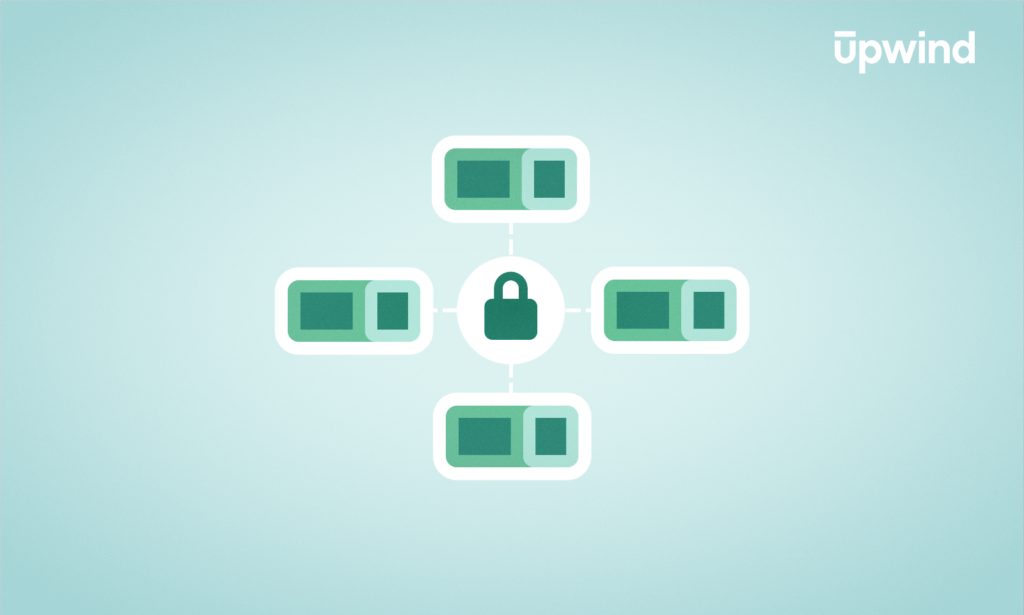
What Is Alert Fatigue in Cybersecurity?
Security teams are inundated with thousands of notifications — most of them false positives, low priority, or duplicative. The result? Pressing threats get overlooked, and analysts burn out. This constant signal overload also directly undermines goals around risk reduction, mean-time-to-response (MTTR), and the efficient use of limited security resources. As cloud complexity increases and tooling […]

CNAPP vs CWPP
When comparing Cloud-Native Application Protection Platforms (CNAPPs) and Cloud Workload Protection Platforms (CWPPs), differences come down to control, coverage, and trade-offs. While at first glance, CNAPPs consolidate while CWPPs specialize, there’s no perfect tooling to fit all use cases. So if your team has already dug into what CNAPP and CWPP handle on their own, […]

What is AI Data Poisoning?
Data poisoning has been called generative AI’s “silent killer.” After all, a little erroneous data in a model that’s hungry for more and more data points has the oversized power to problematically reroute how artificial intelligence responds with manipulated advice and predictions. And that poor advice can undermine business decisions, medical care, or other critical […]

Why Adaptive Security is Critical for Generative AI Risks
Generative artificial intelligence (Gen AI) is a growing risk that’s making leaders (and their budget teams) take notice, with nearly ¾ of cybersecurity leaders planning to up their spend on security to combat the threats posed by Gen AI. Capable of producing highly realistic content, these AI systems pose significant risks, including the creation of […]

What is Security Posture?
It’s a deceptively simple question: How strong is our cybersecurity program right now? And the ability to answer the question, let alone to quantify it with receipts, grows more challenging as organizations expand into cloud-native workloads, AI models, and hybrid environments. As tools, teams, and threat vectors multiply, so too does the difficulty of answering […]

Kubernetes API Security
Every action in Kubernetes, whether it’s deploying a pod, updating network policies, adjusting RBAC rules, or scaling workloads, happens via Application Programming Interface (API) calls. In other words, Kubernetes APIs are the control plane for modern cloud-native applications. Kubernetes APIs are powerful, but they also present a massive attack surface. Attackers can exploit weak Role-Based […]

What Is Adversarial AI?
With artificial intelligence (AI) and machine learning (ML) increasingly embedded in organizations’ critical systems. Adversarial AI, which seeks to sabotage its decisions, is an increasing challenge. We’ve looked at Dark AI, which uses AI in malicious ways, but in this article, we’ll dig into the distinct concept of Adversarial AI, where AI systems are the […]

What are The Biggest EDR Benefits?
Endpoints — from employee laptops, desktops, mobile devices, and workstations to on-premise servers and remote devices — are prime targets for cyberattacks. Threat actors exploit their vulnerabilities, misuse credentials, and deploy malware on these systems to gain a foothold in networks, then move laterally and sometimes execute ransomware or data theft. And more often than […]

Endpoint Detection & Response (EDR): A Comprehensive Guide
Endpoints remain a commonly targeted attack surface in cybersecurity. From ransomware and credential theft to fileless malware and insider threats, attackers exploit endpoints as an entry point to infiltrate networks, escalate privileges, and steal data. The challenge isn’t just that attacks happen — it’s that they move fast, and traditional tools lack the visibility to […]

Secure Your Container Architectures: Best Practices & Kubernetes
From monolithic to hybrid architectures and beyond, part of ensuring that containerized applications remain secure is how they’re constructed. And while it’s common for DevOps teams to implement containers without considering how to protect them against compromise or ensure high availability, it often leads to a mix of cloud architectures and security concerns. We’ve discussed […]

